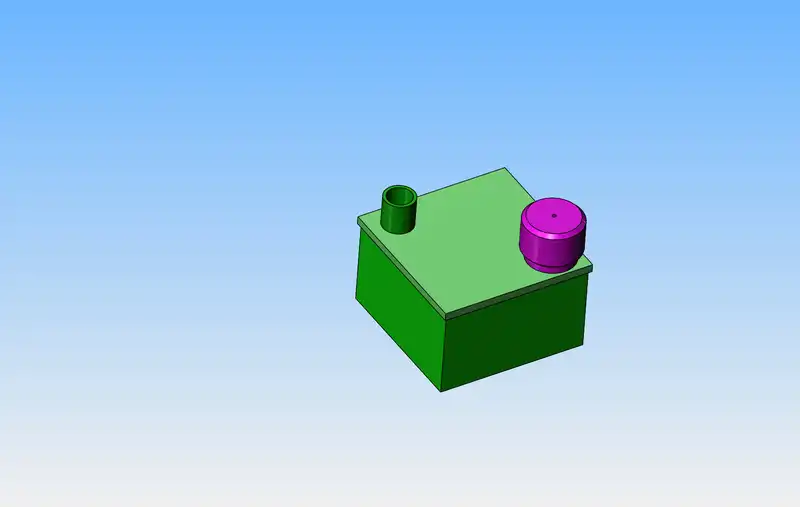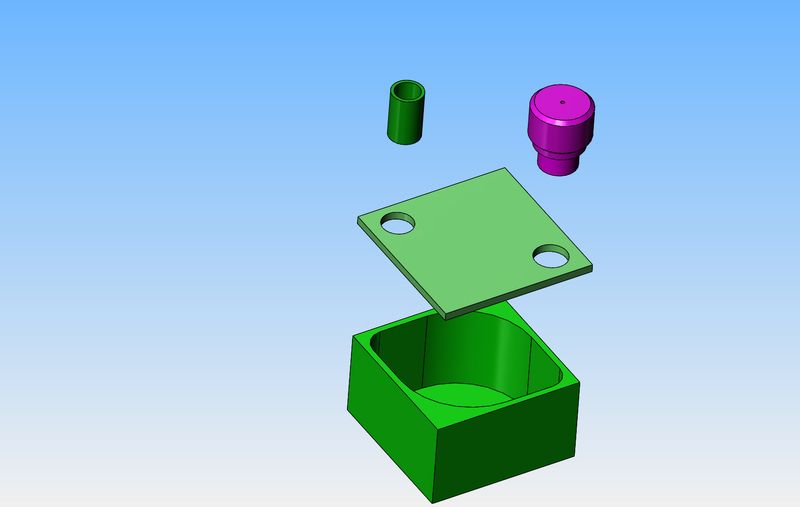....This is very dangerous, and you want to be prepared to immediately let go of the cylinder if it "grabs" and starts to turn with the cast iron. By letting the 2" long cylinder move to the very limit of the turned cast iron and then sliding it back and forth, this resulted in the full length of the bore being lapped to size, and guarantees that the parted off pistons from the cast iron will be lapped to the correct outer diameter.
I learned that on my Little Machine Shop engine, trying to lap the cylinder, with simichrome aluminum polish. It took a day to separate them again.
May I ask where you bought the cast iron, as in local vs. online? I'm looking for new suppliers.





































![MeshMagic 3D Free 3D Modeling Software [Download]](https://m.media-amazon.com/images/I/B1U+p8ewjGS._SL500_.png)










![DreamPlan Home Design and Landscaping Software Free for Windows [PC Download]](https://m.media-amazon.com/images/I/51kvZH2dVLL._SL500_.jpg)














